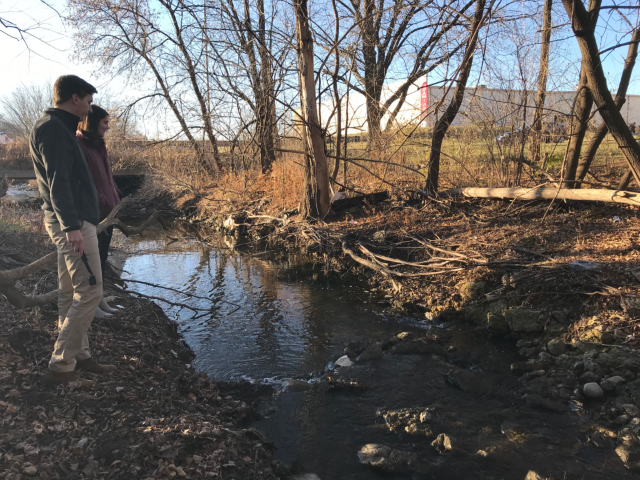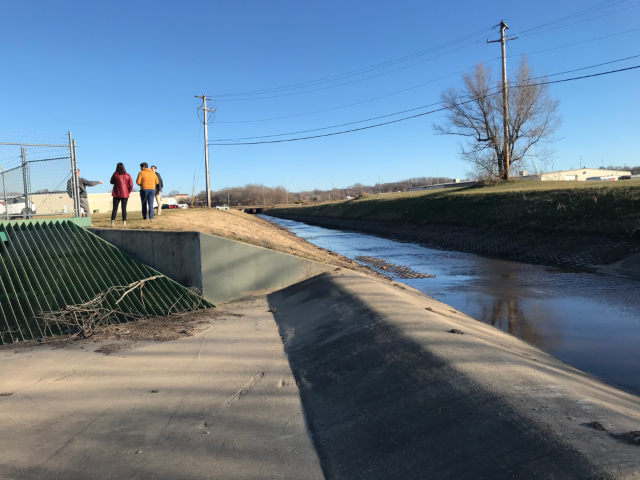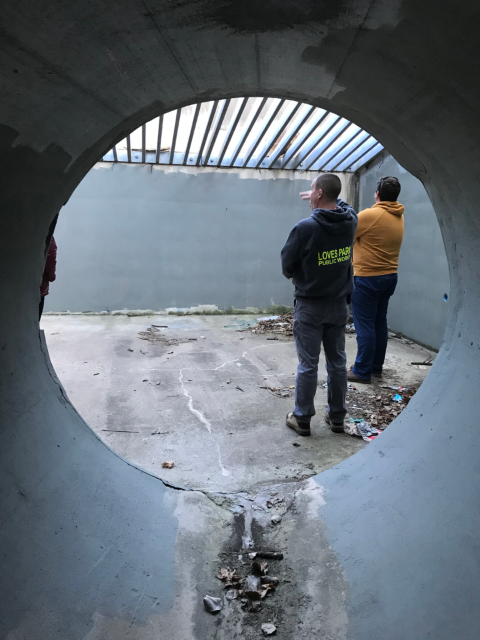GIS has big role in watershed planning
Developing a Watershed Plan for a community can have a ripple effect. Improving and protecting our most important natural resource is important, and Watershed Plans do both. At Fehr Graham, we believe everyone should have access to clean and safe water.
As a new engineer at Fehr Graham, I’m helping develop a Watershed Plan for the City of Loves Park, Illinois, with a population of about 20,000. The goal is to improve water quality and control flooding for the City. We also want to mix technical data analysis to make conclusions through tried-and-true methods and formulas. Open-ended design methods allow us to gather information and present it in a professional, unique and easy-to-understand way.

In this case, the goal is to create an interactive Geographic Information System (GIS) model of the watershed to replicate its qualities. The model mimics the topography and land and simulates issues so our team can offer solutions to the City.
The Watershed Plan will detail ways to better manage, improve and protect the land and water resources within the watershed while decreasing pollutants. If City officials agree, solving flooding issues will have a domino effect that improves water quality and benefits surrounding communities.

Communities will see immediate flooding resolved because our Watershed Plan lays out best practices the City will implement. The broader understanding that a healthy watershed – with things like controlled pollution loads and methods to hold and slow stormwater runoff – means better water quality and healthier fluvial environments. Each body of water has a corresponding watershed and planning for them ensures the water, and aquatic species (and land animals that interact with the water) are protected. This continues to benefit communities by reducing taxpayer dollars for things like drinking water treatment, fixing areas or buildings not properly protected from erosion or flood damage, and safe recreational water use, among others.

Part of my job is to analyze pollutant loads accumulating in waterways. I work to offset these values by implementing pollutant load-reduction methods. This involves implementing Best Management Practices (BMPs) into the watershed using GIS modeling and tracking methods like the Spreadsheet Tool for Estimating Pollutant Loads. This allows me to model and calculate pollutant and sediment loads from land uses within the watershed and measure load reductions resulting from future integration of BMPs.
I have the opportunity to explore many different avenues of municipal engineering. One way I have done that during this project is to apply learned concepts and equations to real-world issues where I am able to see ecosystem benefits to the community and its citizens.
This allows me to observe and analyze the complex environment of a watershed to improve communities around me and see benefits directly impact a community, like enhanced water quality, rivers and streams that permit safe water recreational use and neighborhoods that are better protected against flooding and soil erosion damage.
Improving the communities in which I work is my ultimate goal. Learning along the way is an added bonus.
 Katrina Santos is an Engineer at Fehr Graham. She works in the firm’s
Katrina Santos is an Engineer at Fehr Graham. She works in the firm’s
Rockford, Illinois, office and is responsible for engineering design and
coordinating roadway, water, stormwater and wastewater projects. She can be
reached at This email address is being protected from spambots. You need JavaScript enabled to view it..

